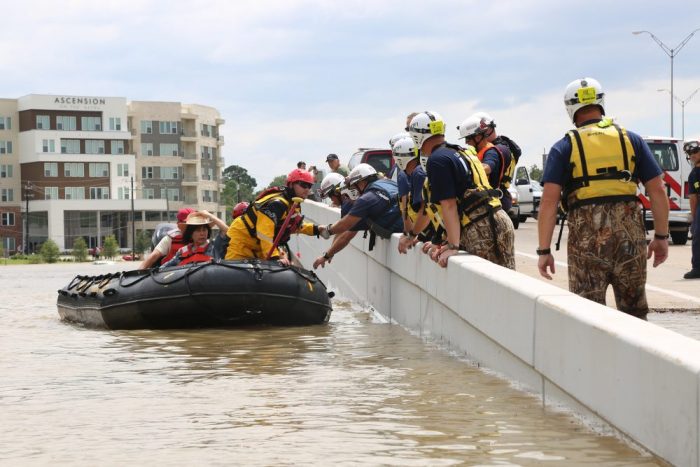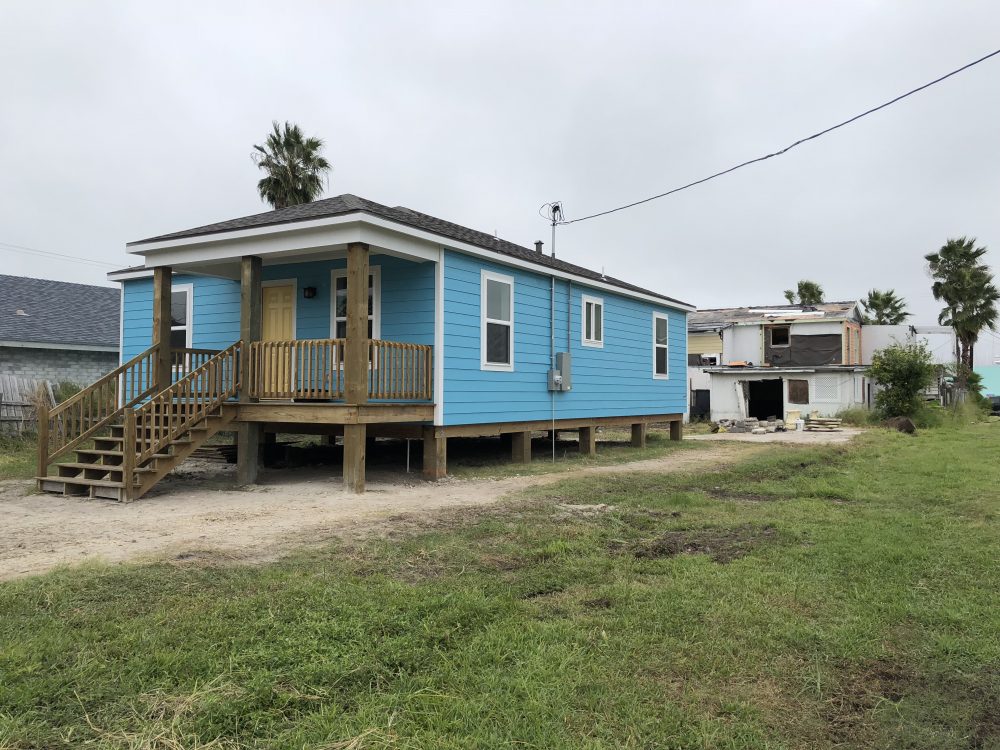What is Storm Surge?
The total water level = storm surge + tides + waves + freshwater input Over the past three weeks, the United States has collectively taken a graduate level course in hurricanes. Thanks to meteorologists at the federal, state, and local level, we now have a much better understanding of how water and air interact with […]

The total water level = storm surge + tides + waves + freshwater input
Over the past three weeks, the United States has collectively taken a graduate level course in hurricanes. Thanks to meteorologists at the federal, state, and local level, we now have a much better understanding of how water and air interact with each other to form hurricanes as well as the taxonomy of what it means to be a category 3, 4, or 5.
This morning’s FEMA Intergovernmental Affairs advisory briefing warned: “The primary concern over the next few days continues to be the effects of destructive winds, storm surge, isolated tornadoes, and prolonged heavy rain, which has the potential to produce flash flooding in much of central and south Florida.” Hurricane Irma predictions currently estimate that the storm surge will surpass 15 feet in some areas.
So, what exactly is storm surge?

Several years ago, I attended a presentation by Chris Maier, National Warning Coordination Meteorologist, at NOAA’s National Weather Service. The presentation was entirely storm surge focused.
Here is what I learned:
- Storm surge is produced by water being pushed toward the shore by the force of the winds rotating cyclonically around the storm. The stronger the storm, the greater the surge.
- Storm surge is an abnormal rise of water generated by a storm, over and above the predicted astronomical tide.
- Storm tide is the water level rise during a storm due to the combination of storm surge and the astronomical tide.
- The stronger, faster, and more widespread the storm and its winds – the greater the storm surge.
- The six elements that influence storm surge are storm’s central pressure, intensity (wind speed), forward speed, geographic size, storm track/angle of approach, and coastal topography
- The total water level = storm surge + tides + waves + freshwater input.
More like this

Are We Experiencing Donor or Disaster Fatigue?

